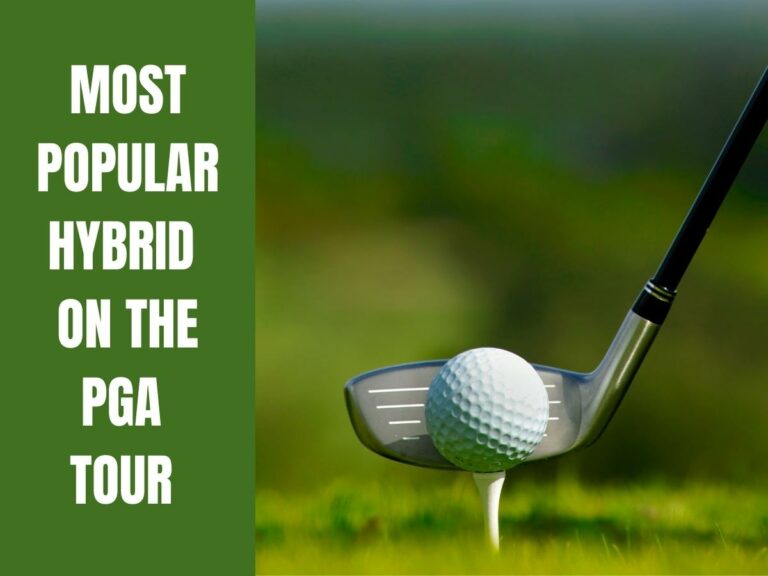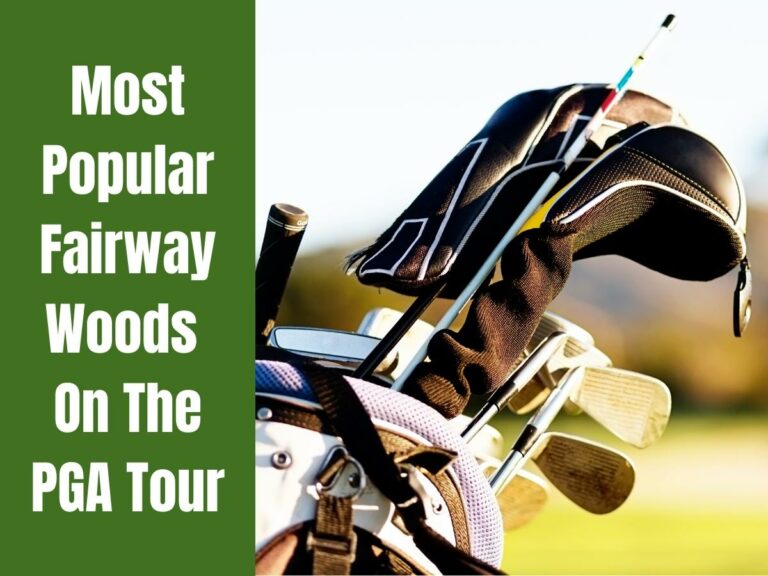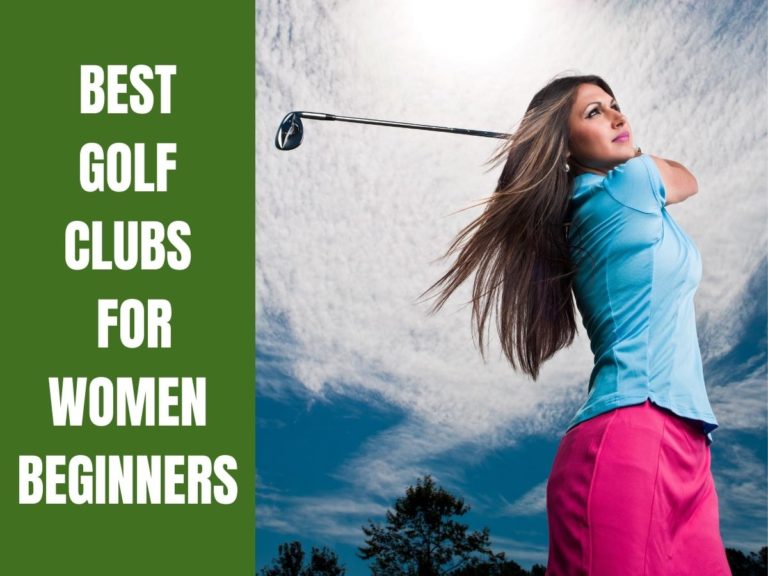7 Best Golf Irons For 20 Handicap Players
A golfer’s choice of iron can make or break their performance for the round. Deciding what irons to use can be daunting, and playing with the best irons you can afford for your handicap is vital. In this article, I’ll outline the best irons for 20 handicappers.
The 7 best golf irons for 20 handicap players are –
- Callaway Apex 19
- TaylorMade P770
- Mizuno JPX921
- Cleveland Launcher UHX
- Ping G425
- Wilson Staff D7
- Cobra F9 Speedback One Length
Playing off a 20 handicap is far more challenging than most people (including many golfers) realize, as you are right on the cusp between medium and high handicaps, with a foot in each camp.
Do you go with the forgiving nature of the irons aimed at the high handicap group, which you will hit well, or the irons aimed at the medium handicap group, which you may hit less well?
So, if you want to know the best irons for 20 handicap players, you’ll love this guide. Let’s get started!
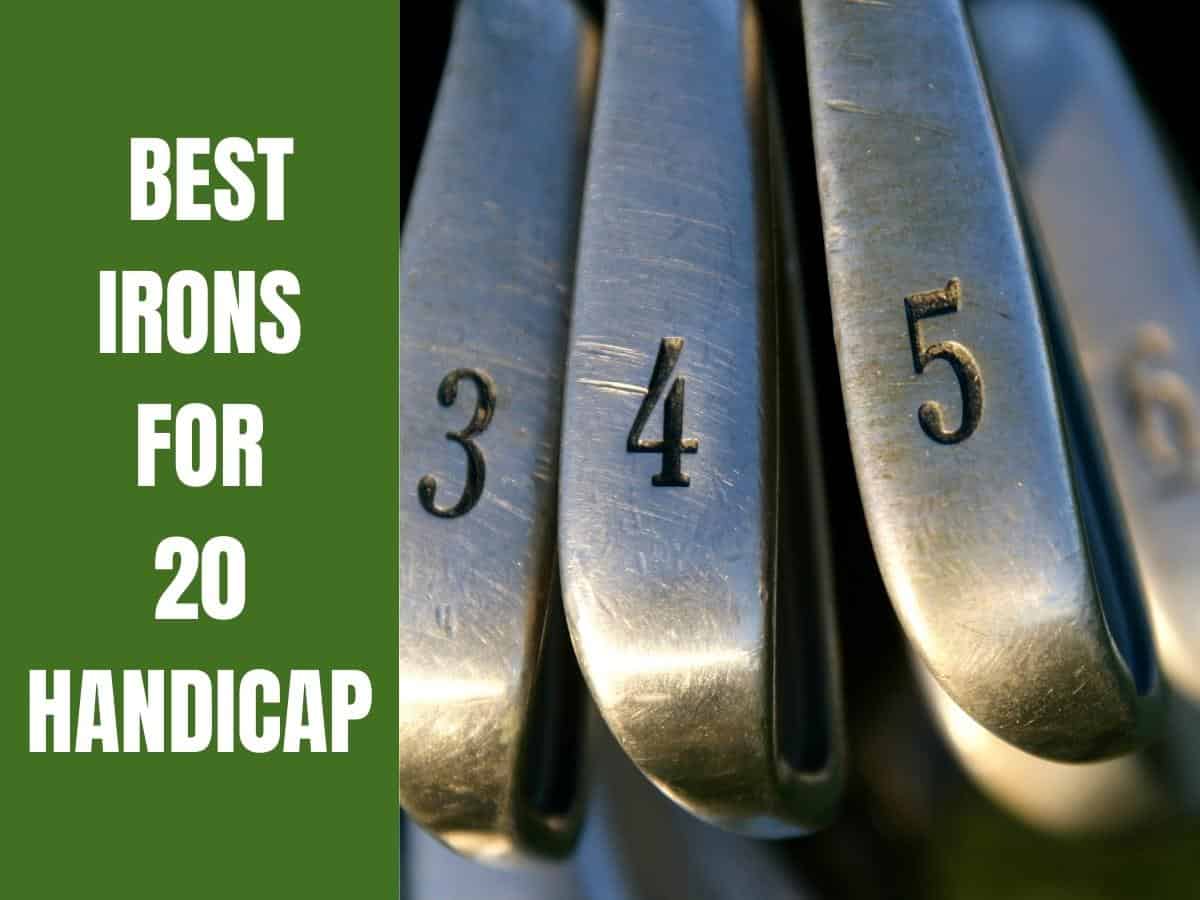
Choosing Irons For A 20 Handicap Golfer
Since you’re shooting rounds of 90-94 on average (as a 20 handicap), you may find that your irons have run their course in their travels with you and can no longer assist you in your quest for a lower handicap.
This is not always the case, and I don’t advocate an immediate visit to your favorite golfing equipment store, but if it looks like a duck and quacks like a duck..?
The USPGA considers a medium golfer a player with a handicap from 10-20, which is fine on paper, but it’s a very different matter out on the course. Ask any golfer at all (ok, maybe just the truthful ones!) if they had an easy transition from 20 to 10, and they will probably laugh at you.
Discounting the Jason Days and Rory McIlroys amongst us, dropping your handicap is no mean feat, and if your 7-iron can only carry 160 yards, it’s pointless trying to hit it further. If you have exhausted all other options (lessons, driving range, etc.), it might be time to send your irons to the golf farm in the sky.
Your woods (I still can’t call them ‘metals’) are also important, but a reasonable wood will work for a 10 handicap as well as for a 26, but the same does not always apply to irons.
Also, if you consider that you will swing the driver no more than 14 times off the tee box in a round and take two putts per hole (36 per round), this leaves 42 iron shots if you play to your handicap.
Since you hit three times as many iron shots as drives, it stands to reason that using the best irons for your handicap is essential to post a good score and ultimately drop said handicap.
Read more: How Good Is 20 Handicap in Golf?
Should I Buy A Set Of Irons Off The Shelf?
As a brand new golfer, a set of off-the-rack irons makes a lot of sense, but as a 20 handicap golfer, you will want equipment that does more for you than your current set is doing.
Club length is significant – not only to your shot-playing ability but also to your long-term health prospects, particularly your back. See a golf pro and get measured correctly. Also, check out this article, How Long Should My Irons Be? for more info.
Off the rack, clubs are not geared for distance, control, spin, or feel, and the clubhead has little to no feedback. Instead, manufacturers who produce these sets must get some of everything into each iron to make monthly sales targets.
This philosophy contradicts the ethos of a 20 handicap golfer looking to hit 19 and better.
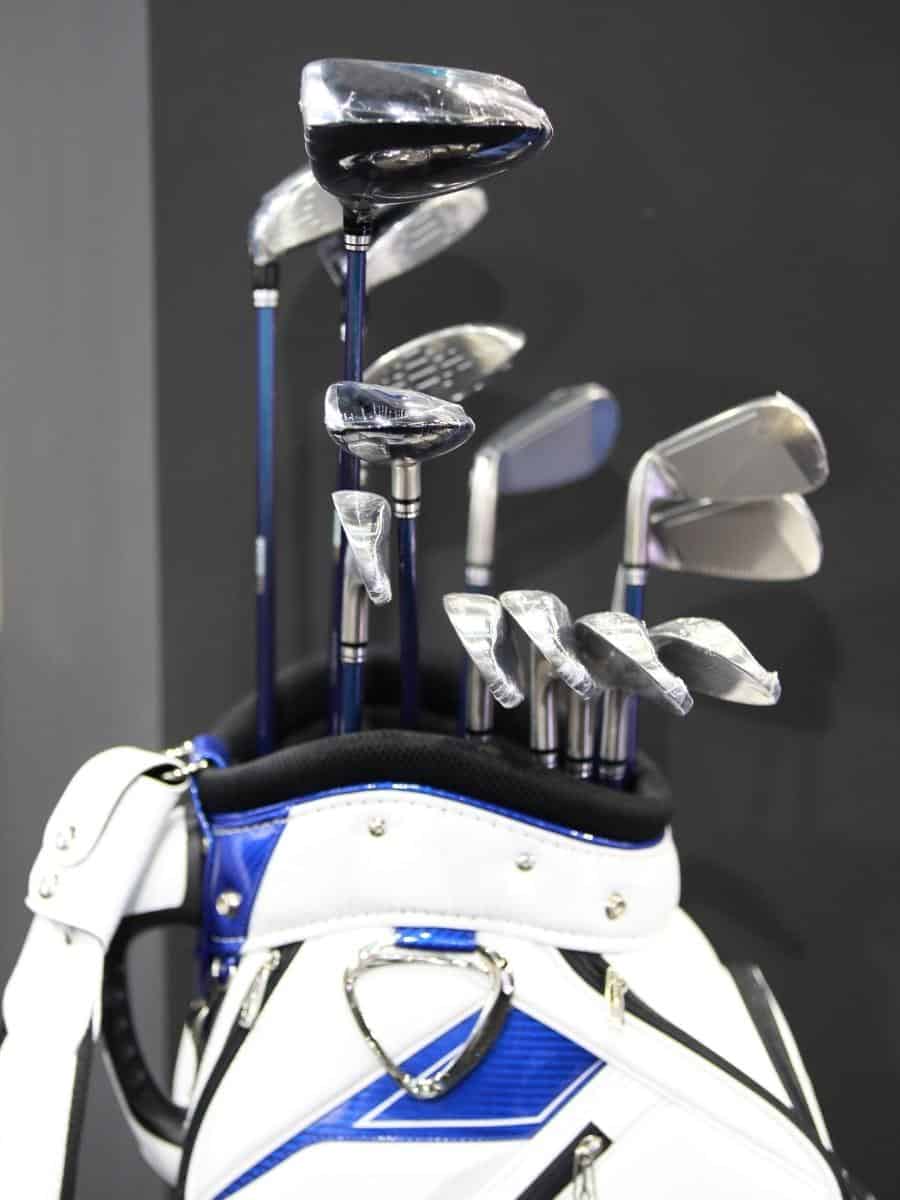
7 Best Golf Irons For 20 Handicap Players
There are many best irons for 20 handicappers that ‘make the cut,’ but here are my top 7. The first four are ideal if lowering your handicap is your intention, and the final three are superb for maintaining your handicap:
1. Callaway Apex 19
- The Callaway Apex 19 is the conclusive forged players’ distance iron.
- A forged 1025 mild carbon steel body creates an extremely soft feel, and Callaway has put Urethane Microspheres into a forged iron, using AI to combat weight for the first time in a club.
- The 360 Face Cup generates fast ball speeds for consistent distance shooting, and the spin control VFT Face (as featured in the short irons) promotes aggressive, confident shot-making.
- The tungsten-infused layering of several materials allows Callaway to locate the Center of Gravity (COG) with uncanny precision for optimum control and ball flight.
- Apex is beautifully crafted with a powerful players’ shape, a platinum chrome finish, and a True Temper Elevate 95 Shaft.
2. TaylorMade P770
My eldest son actually uses these clubs!
- Compact Players’ Shape: Designed to attract a more discerning player, the P770’s shaping uses visual cues, including a thinner topline, less offset, and a slightly shorter blade length compared to the P790.
- The hollow body is forged and consists of a relatively thin, wrap-round forged 4140 club-face and a soft carbon steel body. Around 46g of tungsten weighting is also added, designed to deliver eruptive distance and gentle forgiveness.
- SpeedFoam is an ultra-light urethane in foam form, injected into the head and engineered to stretch the design limits of face speed without surrendering feel and feedback.
- Thru Slot Speed Pocket – TaylorMade’s patented Speed Pocket design is manufactured to maximize ball speed and provide the expected forgiveness.
- Progressive Inverted Cone Technology is strategically placed in each iron and is designed to improve accuracy and protect ball speed if the sweet spot is missed.
3. Mizuno JPX921
- Grain Flow Forged – A highly precise iron head is crafted through multiple forging stages from a single steel billet, using Grain Flow Forging technology.
- Stability Frame: Solid vibration and sound is produced on impact, and to enhance stability and launch, the club is open at the heel portion.
- Harmonic Impact Technology: The finely tuned head’s geometrical technology delivers incredible impact, feel, and generous feedback.
- Back Milling: This range of irons is CNC-milled from the sole up, allowing consistently increased ball speeds by creating a bigger area of minimum face thickness.
- The Pearl Brush finish on the chrome plating is beautiful at address.
4. Cleveland Launcher UHX
- Hollow long clubs and cavity-backed shorter clubs give you the best of both worlds. The hollow irons provide added forgiveness with deeper weight distribution. Conversely, the cavity-backed irons give increased control when bombing the pin.
- A variable high-strength (HT1770M) steel face insert generates incredible ball speeds for improved distance, even when the heel and toe are struck.
- The V-shaped sole improves turf interaction and is manufactured in both shorter and longer irons for better speed injection at impact.
- Tour Zip Grooves combined with Laser Milling deliver ultimate spin for optimal control with all Launcher UHX Irons.
If maintaining your 20 handicap is your intention:
5. Ping G425
- Increased perimeter weighting via tungsten hosel weight and toe screw offers enhanced forgiveness.
- The ‘hydropearl’ finish assists with repelling moisture for a cleaner strike.
- Higher, longer results from the G-range are made possible by the 17-4 stainless steel face that produces the highest ball speed yet from a Ping iron.
- Ping’s patented top-rail undercut and cascading sole work in unison like a hinge, flexing before launching the ball higher and with greater launch speed, providing precision, consistency, and predictability.
6. Wilson Staff D7
My club of choice!
- The long irons boast three rows of Power Holes for increased distance. Shorter irons don’t require as many Power Holes and include optimized weighting creating maximum feel, feedback, and precision.
- The very thin, responsive face provides longer shots and a better feel.
- With straighter lines, improved weighting, and a cleaner topline, the D7 range combines the look of a player’s iron with all the benefits of Wilson’s Super Game Improvement Technology.
7. Cobra F9 Speedback One Length
- A higher MOI (Moment of Inertia) is achieved using 33g of Tungsten in the toe and the heel, increasing stability and reducing twist on impact for the best combination of forgiveness and maximum distance.
- Increased mass is added back and low, delivering a deeper and lower CG (Center of Gravity) that increases the ball speed on launch to maximize the distance.
- An E9 face design of variable thickness is 1.8mm at its thinnest point and increases the sweet-spot area on the iron’s face.
- A three-piece medallion comprising several materials in the 4-7 irons combines Aluminum, acrylic foam, and Thermoplastic Polyurethane.
- CNC Milled Face and Grooves created via a precise manufacturing process limits ball dispersal and is a feature usually found only in forged players’ irons at a far higher price.
Why Would You Consider Changing Irons?
There are several reasons for purchasing a new set of clubs at 20 handicap. Here are the main ones:
- Ultimate in performance has been reached – The clubs have probably served you well, and your honest evaluation now is that you can go no further with them, so they are holding you back.
- Age – If your clubs are eight years old or older, they are officially old. Modern technology in design and materials has taken such a huge leap forward in recent years that older clubs simply cannot compete with the new kids on the block, no matter how good they once were.
- Boredom – Some players are quickly bored with their clubs and change them regularly, so don’t be afraid to check Craigslist and similar for a good deal on used irons.
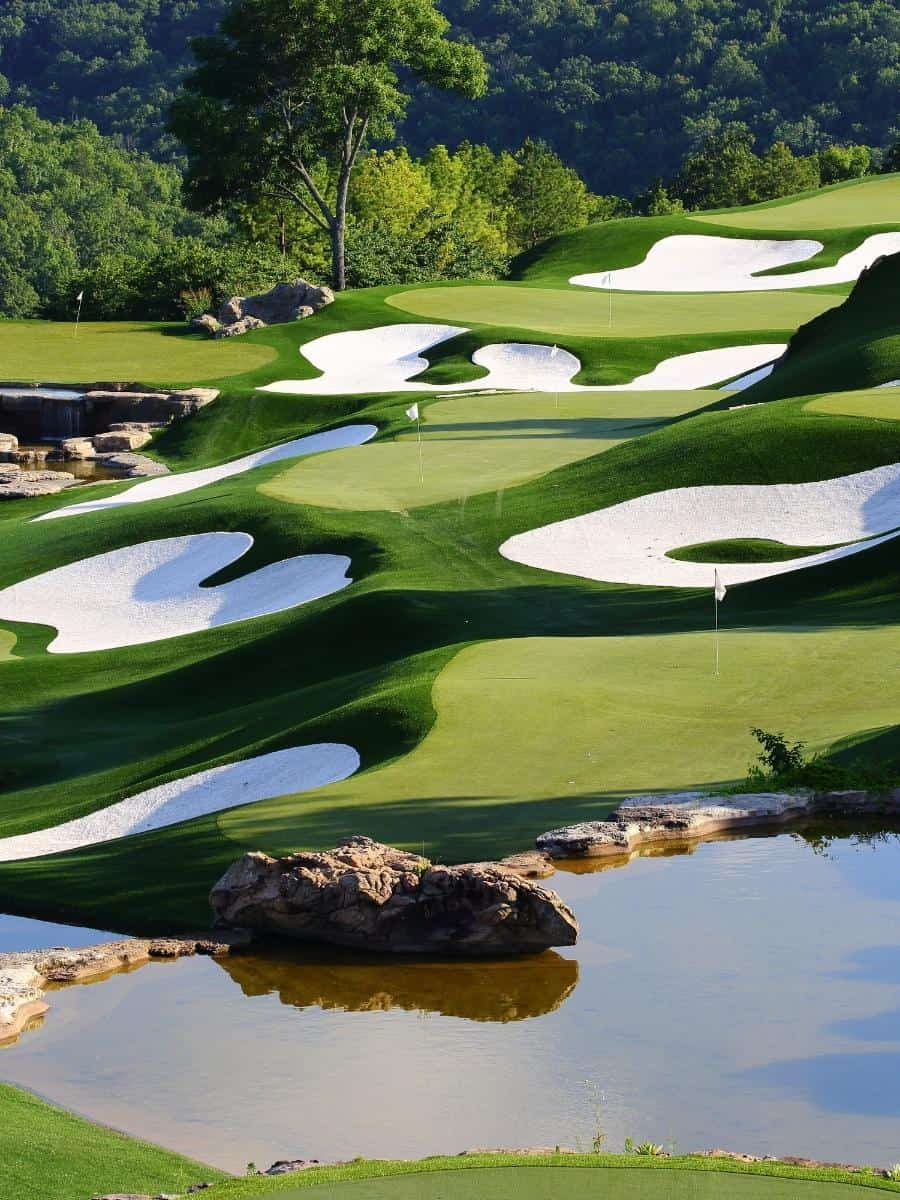
What Should I look For In A Set Of Irons?
Playing ability is possibly the biggest factor in choosing a set of irons. Still, the irons themselves also offer key elements for consideration: Material, feel, flexibility, size, shape, and price are all part of the decision-making process.
Getting measured by a professional is vital and cannot be stressed enough. Most golfers fall into the standard length and shaft stiffness category but don’t take any chances and make certain.
Then, listen to the advice offered by the pro, but remember that like any salesman, he will guide you in the directions of his own choice, so shop around.
A major decision will be between the various cavity-back-styled clubs and those based on the traditional blades. In the past, clubs were either cavity-backed, for higher handicaps or blades, for lower handicaps. That’s all changed now, and the lines are blurred.
The Two Basic Designs Of Golf Irons
- Blades/blade-irons/muscle-back irons – A small sweet spot, thin face, and thin topline make these irons more difficult to strike, but they make it easier to shape the ball (drawing or fading the ball when you choose to do so.) Muscle-backs are essentially blades but have a thicker base and, as a result, are a little more forgiving.
- Cavity Back – Recently added to the mix, these clubs have a convex rear on the head, making the sweet spot larger and striking noticeably easier. This range is aimed at high handicappers and helps with elevation and direction.
Many golf coaches recommend that only PGA Tour pros use a true bladed iron and that muscle-backs are only for low handicaps, but more and more mid-handicap golfers are moving to muscle-backs these days.
Curiously, many PGA Tour pros use a combination of blades and muscle-back irons while plying their trade, which confuses the issue even more!

The Two Golf Iron Types Available
In addition to the design choices, golfers are faced with having to consider the materials used in the manufacture of their clubs:
- Cast Irons – Much as it sounds, a cast golf iron is created by pouring molten metal into a special mold where it cools and hardens into the clubhead. This is a cheaper method, created by using multiple materials, and is a fairly fast method of manufacture.
- Forged Irons – These are produced from a single piece of metal, which is heated and beaten into shape, much like how a sword is created. It is very rough when it is beaten into shape, and the head is then ground, milled, and polished before assembly with the shaft.
Read more: Are Golf Irons Made of Iron?
Age And The 20 Handicap Golfer’s Iron Choices
No one wants to think about age and golf in the same breath, but we are all getting older, and it would be foolish to ignore age when choosing irons. Shafts, in particular, can make a huge difference to your swing and the resultant ball flight and distance carried.
Golfers at the peak of their strength – in their mid 20’s perhaps – may hit a super-stiff shaft, whereas a senior player approaching 70 might be better off with the flexibility of a graphite shaft: Another reason to consult a golf pro that you trust.
Related: 7 Most Popular Shafts on The PGA Tour
Let’s Wrap This Up!
When answering the question, “what are the best irons for 20 handicap players?” consider this: If you are content sitting at a 20 handicap, perhaps cavity-backed irons will suffice.
However, as detailed in this post, if you yearn to get your handicap at low as it will go, you should consider muscle-back blades or top-quality cavity backs.
























